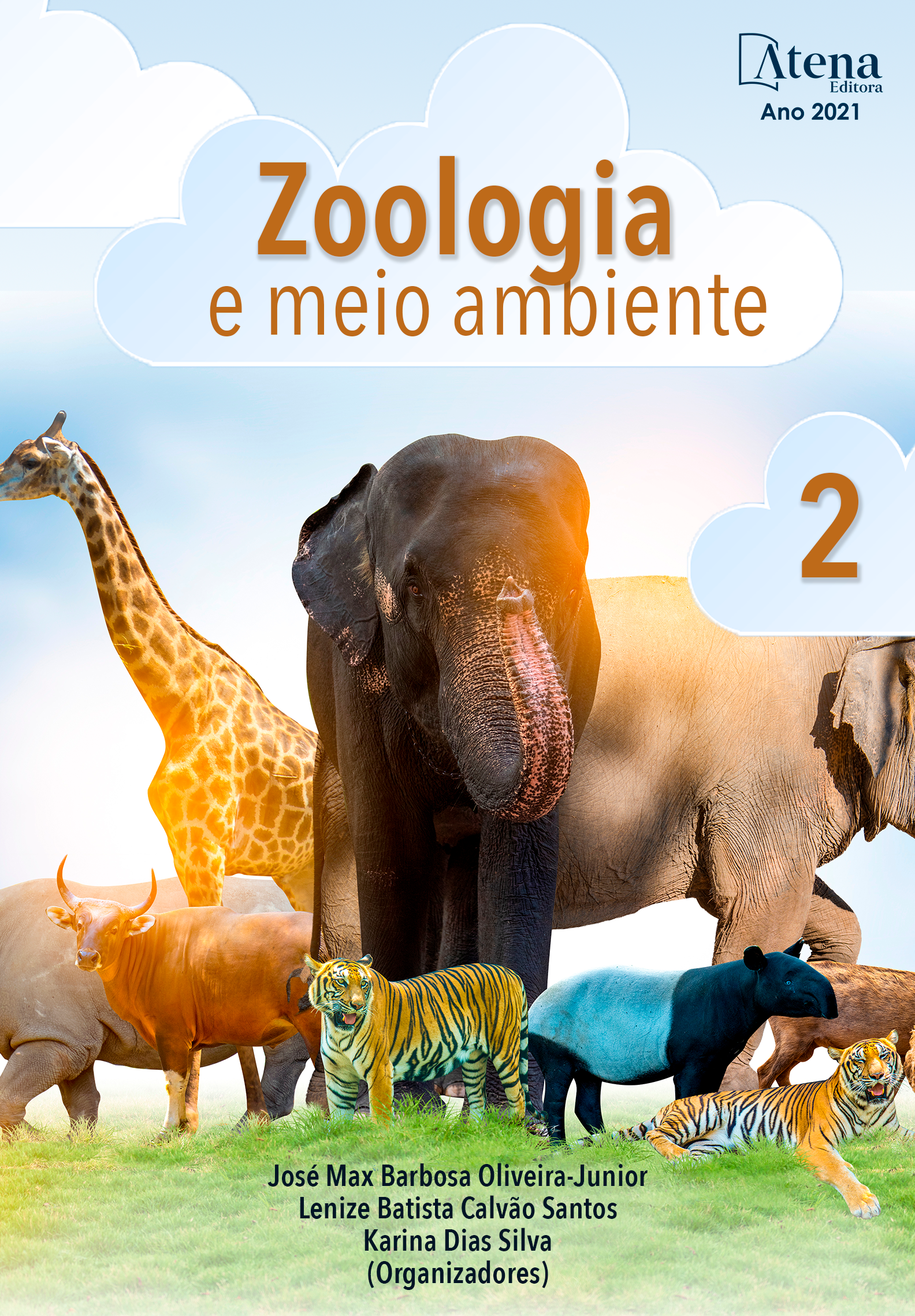
OCUPAÇÃO DE NINHOS-ARMADILHA POR ABELHAS E VESPAS SOLITÁRIAS EM UM FRAGMENTO DE FLORESTA ESTACIONAL DECÍDUAL MONTANA
Abelhas e vespas solitárias apresentam comportamentos caracterizados pela construção e aprovisionamento do ninho pela fêmea. Estas nidificações podem ocorrer em diferentes substratos. As nidificações destas espécies foram analisadas entre os meses de setembro (2019) a fevereiro (2020) e posteriormente uma única vez no mês de julho de 2020, na cidade de Vitória da Conquista – Ba. A metodologia utilizada consistiu em amostragem com a técnica de ninhos armadilha, confeccionadas com bambu e taquaras. 190 ninhos artificiais foram distribuídos em dois locais, interior da mata e área exterior, foram instalados conjuntos contendo 11 ninhos com diâmetros de 3 a 12,9 mm. Dos ninhos coletados ocorreram 31 fundações, apenas quatro foram fundados por abelhas Centris tarsata no interior da mata e 27 ninhos fundados por vespas na área exterior. Se Podium sp. foi a espécie de maior frequência de nidificações seguidos de Trypoxylon lactitarse, Pachodynerus sp. e Isodontia sp. Os parasitas encontrados foram Mesocheira bicolor associado ao ninho de Centris tarsata e Crysididae,Ichineumonidae e Sarcophagidae em ninhos de Pachodynerus sp.
OCUPAÇÃO DE NINHOS-ARMADILHA POR ABELHAS E VESPAS SOLITÁRIAS EM UM FRAGMENTO DE FLORESTA ESTACIONAL DECÍDUAL MONTANA
-
DOI: 10.22533/at.ed.6732123112
-
Palavras-chave: Comportamento, nidificação, parasitismo
-
Keywords: Behavior, nesting, parasitismo.
-
Abstract:
Solitary bees and wasps present behaviors characterized by the construction and provisioning of the nest by the female. These nests can occur on different substrates. The nesting of these species was analyzed between the months of September (2019) to February (2020) and then only once in the month of July 2020, in the city of Vitória da Conquista - Ba. The methodology used consisted of sampling using the trap nest technique, made with bamboo and bamboo. 190 artificial nests were distributed in two locations, interior of the forest and exterior area, sets containing 11 nests with diameters from 3 to 12.9 mm were installed. Of the collected nests, there were 31 foundations, only four were founded by Centris tarsata bees in the interior of the forest and 27 nests were founded by wasps in the outer area. If Podium sp. was the species with the highest nesting frequency, followed by Trypoxylon lactitarse, Pacodynerus sp. and Isodontia sp. The parasites found were Mesocheira bicolor associated with the nest of Centris tarsata and Crysididae, Ichineumonidae and Sarcophagidae in nests of Pacodynerus sp.
-
Número de páginas: 13
- Jéssica Aguiar Santos
- Cleide Caires Soares
- Vilma Pereira Oliveira
- Raquel Pérez-Maluf
- Joabe Meira Porto


